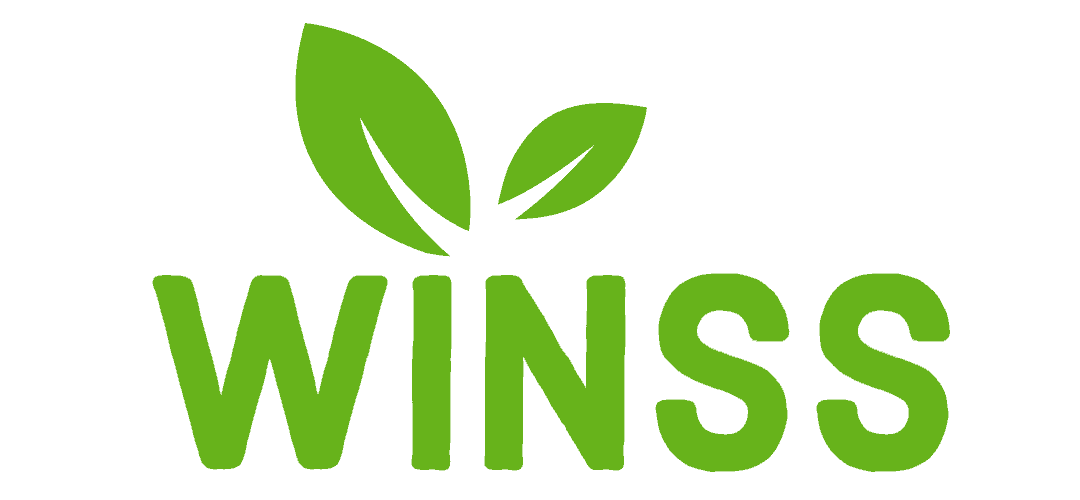
Academic institutions maintain a strict policy against acts of cheating and violations of ethical guidelines. You will see strict policies and disciplinary measures against it. Keeping an eye out for plagiarism is crucial. This practice helps you reflect intellectual honesty, ensure academic integrity, and steer clear of negative outcomes.
This article outlines various reasons to help you understand its vitality and also discusses a few actionable tips to ensure a thorough check for plagiarism. Read on to learn more.
Why is Checking Text for Plagiarism Crucial?
This section outlines a few consequences that may occur if you turn a blind eye to this procedure to help you understand its importance. So, let’s dive deeper.
Undermined Academic Integrity
The existence of plagiarized text in any write-up seriously compromises academic honesty and disrupts its core fundamentals. This phenomenon seriously damages the value of original content and makes your entire work suspicious. Hence, checking plagiarism is crucial to avoid undermining academic integrity.
Compromised Intellectual Honesty
The addition of sourced ideas from other publications to your work should be transparent. Failure to cite sources and give proper attribution to original authors, accidentally or intentionally, can make others second-guess your intellectual honesty. Given this, you should vigilantly check for duplication and ensure proper citation upon finding any such instance.
Tarnished Credibility
Checking your text for plagiarism before submission provides you with a second chance to identify your work’s pitfalls and eradicate them in a timely manner. Failure to do so can seriously tarnish your credibility, which may also impact your professional reputation. People may second-guess your ability to deliver original work and hesitate to put trust in you during your professional career.
Increased Chances of Negative Consequences
Checking plagiarism also helps you steer clear of uncalled-for outcomes that can seriously impact your credibility and reputation. Additionally, it will also compromise your academic and professional career. You may face consequences like lower grades, failure, suspension, or rustication due to strict disciplinary measures by the academic institution. Not only that, depending on the nature and seriousness of the matter, you may also face legal suits for copyright violation and consequent monetary penalties. Hence, keeping an eye out for plagiarism is essential.
Poor Ethical Behavior
Identifying and eradicating instances of duplication reflects ethical behavior. You can leverage various writing practices, including paraphrasing, citation, and synthesizing information, to eradicate duplicated text. Conversely, overlooking the importance of analyzing your work for uniqueness reflects poor ethical behavior.
Reduced Opportunities for Learning and Improving Creativity
Finding issues related to originality in your work makes you research comprehensively, understand a concept thoroughly, and leverage creativity to eradicate such instances. You get the opportunity to present a particular narrative using your own wording by leveraging critical thinking and communication skills. However, copying ideas hinders your ability to grasp a particular topic, leading to reduced learning and creativity.
How Can You Check for Plagiarism?
Many people are unaware of various actionable ways to analyze content for plagiarism and identify it in a timely manner for possible modification. This section discusses the methods used to resolve this issue in detail. Further details are given below.
Comparing Content with Sources Manually
This method is quite obvious, is used by many, and is often referred to as manual cross-checking. It involves the manual comparison of the write-up with publications used for research purposes. When you rely on a limited number of publications to research a particular topic, the chances of influenced writing increase significantly.
Hence, comparing your work with research resources helps you identify instances of probable duplication that may lead to plagiarism allegations. While this method yields fruitful results, you require plenty of time to ensure a thorough cross-check, which is not always possible, especially when you are running short on time.
Running an Automated Plagiarism Check
Technology has made plenty of things easier and allows us to perform tasks that are apparently time-consuming and laborious in the blink of an eye. Checking content for plagiarism is also one of them. You only need a credible tool with advanced algorithms and a vast database to get a thorough plagiarism report featuring precise results and URLs of sources with matching content.
The great news is that you don’t need an expensive solution to check for duplicate content. You can easily use a free plagiarism checker that highlights instances of duplication with pinpoint accuracy and shows the percentage of original and copied content in your work. This makes it easier to identify issues and make timely improvements. Additionally, such a tool can help you locate sources for proper attribution, ensuring your content remains both credible and plagiarism-free.
Reviewing Paraphrases and Citations
While many people overlook this method, it is quite essential. Turning a blind eye to proper citations and paraphrases may lead to false plagiarism allegations. Hence, you must review your content with utter focus on paraphrases and citations to figure out any shortcomings.
Failure to attribute the original sources or inability to ensure a proper paraphrase are very much possible, especially when you are rushing the work. So, pay attention to citations and paraphrases to identify any shortcomings and rectify them.
To Conclude
Checking for plagiarism is crucial to uphold academic integrity. Overlooking its importance may make you endure various negative outcomes. This article helps you understand the reasons that make this task important and outlines a few methods you can use to perform it. So, follow the takeaways to check plagiarism and avoid it at all costs. We wish you luck with your academics!
